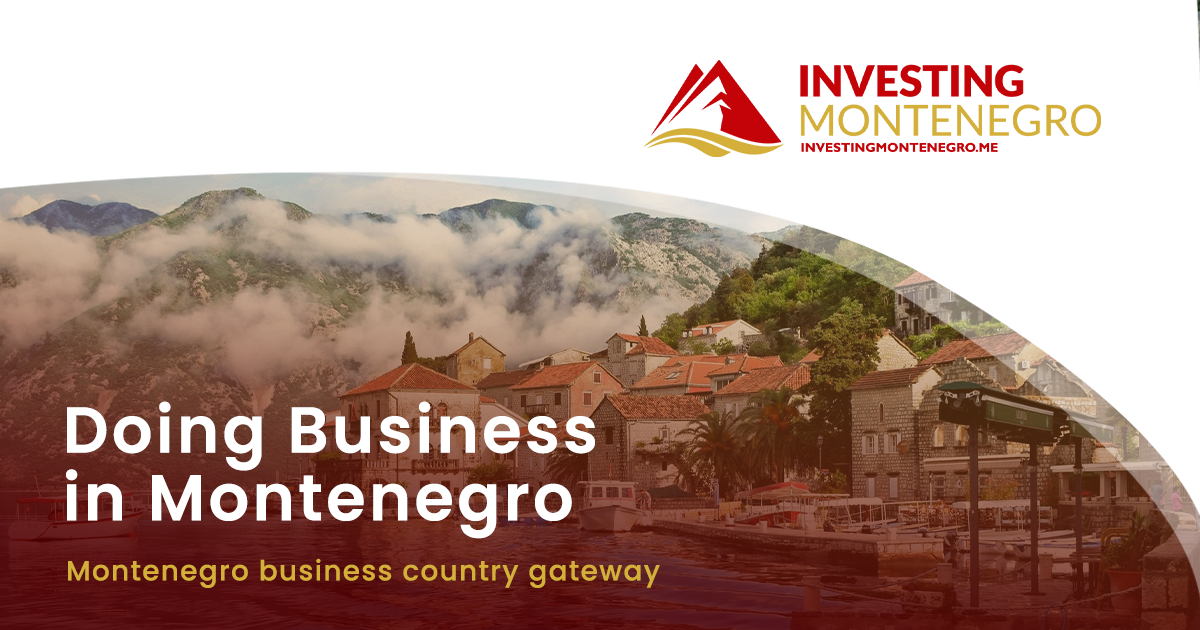The proposed construction of a new residential area in Velje Brdo could cost around €3.5 billion, provided the project is technically feasible. The estimated cost for building an apartment in Velje Brdo or elsewhere in Podgorica could be about €1,000 per square meter, assuming the investor incurs no additional expenses for utilities or land. This calculation also presumes that all necessary infrastructure is in place beforehand and that average or lower-quality materials are used, according to a construction sector source.
Financial implications comparable to half of Montenegro’s GDP
Details shared last week by Prime Minister Milojko Spajić and Minister of Spatial Planning Slaven Radulović indicate that the total gross area for residential and commercial buildings is expected to reach approximately 2.66 million square meters, translating to around 2.2 million square meters net—about 1.1 million square meters for residential and the same for commercial use.
Using the projected cost of €1,000 per square meter, the residential portion alone would amount to €1.1 billion. The non-residential buildings could add approximately 50% more, totaling around €1.7 billion. In current Podgorica neighborhoods, infrastructure costs generally comprise about 15% of total construction expenses, equating to roughly €400 million for this project. Given the elevated location and planned amenities like lakes and sports facilities, it is more realistic to estimate infrastructure costs as at least 50% higher. Thus, the entire development could cost around €3.5 billion, roughly half of Montenegro’s total GDP of €7 billion.
Factors influencing construction costs
The construction cost for a residential building, excluding utilities, land, garages, infrastructure and other financial expenses, using the cheapest materials, cannot be lower than €700 per net square meter. With average-quality materials, this cost rises to about €900 per square meter.
Numerous factors influence construction costs, including the number of floors, elevator needs, water pressure systems, and parking options. A detailed project plan for the development and each building would allow for more precise cost estimations. However, producing these plans could take a year or longer after local approvals, and constructing a basic building with 20 apartments would require at least ten months if the necessary infrastructure is already in place.
Planning and community involvement
The Ministry of Spatial Planning has indicated that Aleksandra Tošić Jokić is leading the planning changes for the Velje Brdo project, which spans 923 hectares. Public consultations on the draft plan have already taken place, and further discussions are expected to refine the project based on community feedback.
This initiative aims to address housing for approximately 42,000 residents while promoting sustainable urban development practices.
Funding and project timeline
The Prime Minister’s office has not yet responded to queries about the funding sources and budget allocations for this project. In previous statements, Prime Minister Spajić mentioned that the funding would come from the capital budget, public-private partnerships, and development banks. He highlighted the need for relevant legislation to ensure financial solutions for future homeowners.
Spajić stated that modifications to the local plan should be finalized by the end of the year, with a public portal for inquiries launching soon. He anticipates that essential infrastructure construction will begin by late 2025, aiming for the first residents to move in by mid-2026.
Environmental considerations
A portion of the Velje Brdo project lies within the protected Zeta River Nature Park. This factor has been taken into account during the planning process to ensure compliance with environmental standards.
Clarifying cost estimates
Concerns have been raised about inconsistencies in the cost figures presented during the project’s announcement. Recent clarifications from Spajić indicate that the estimated monthly payment for a 100-square-meter apartment could reach €390, which would cover all housing-related expenses. This figure contrasts with earlier estimates suggesting a fixed price of €1,000 per square meter.
As the project develops, it will be crucial to monitor both its financial viability and environmental impact.













